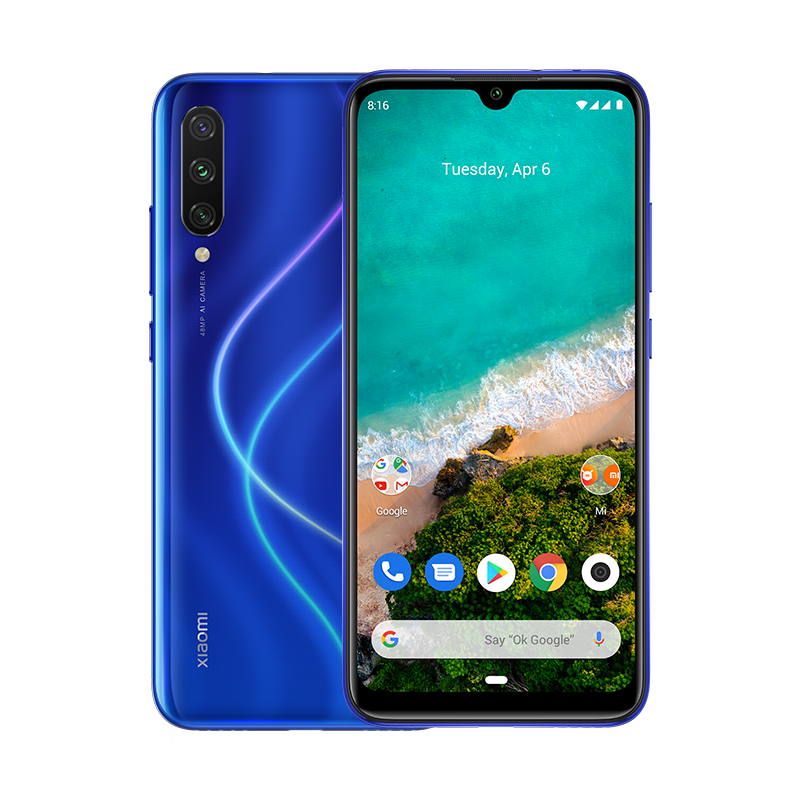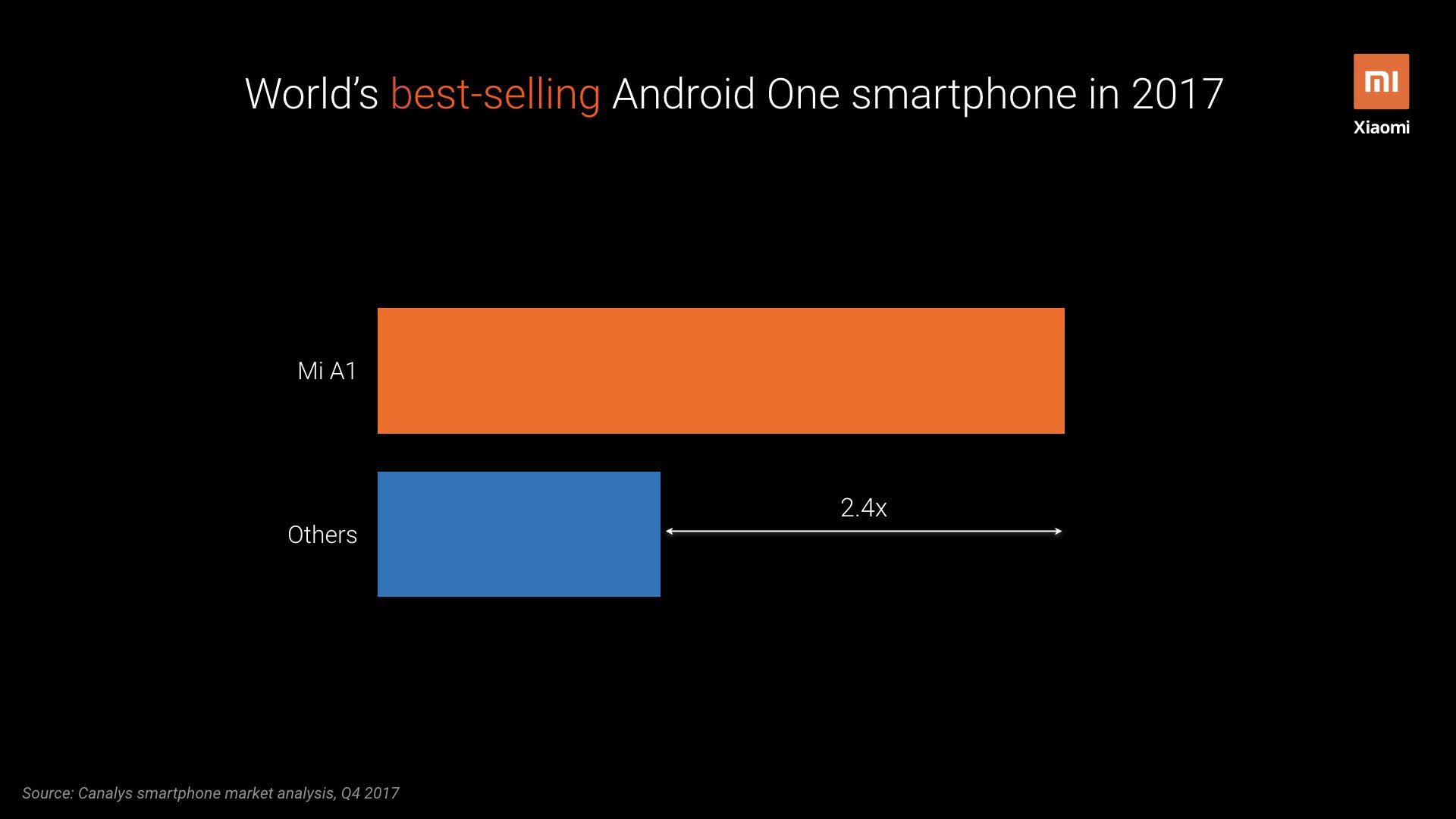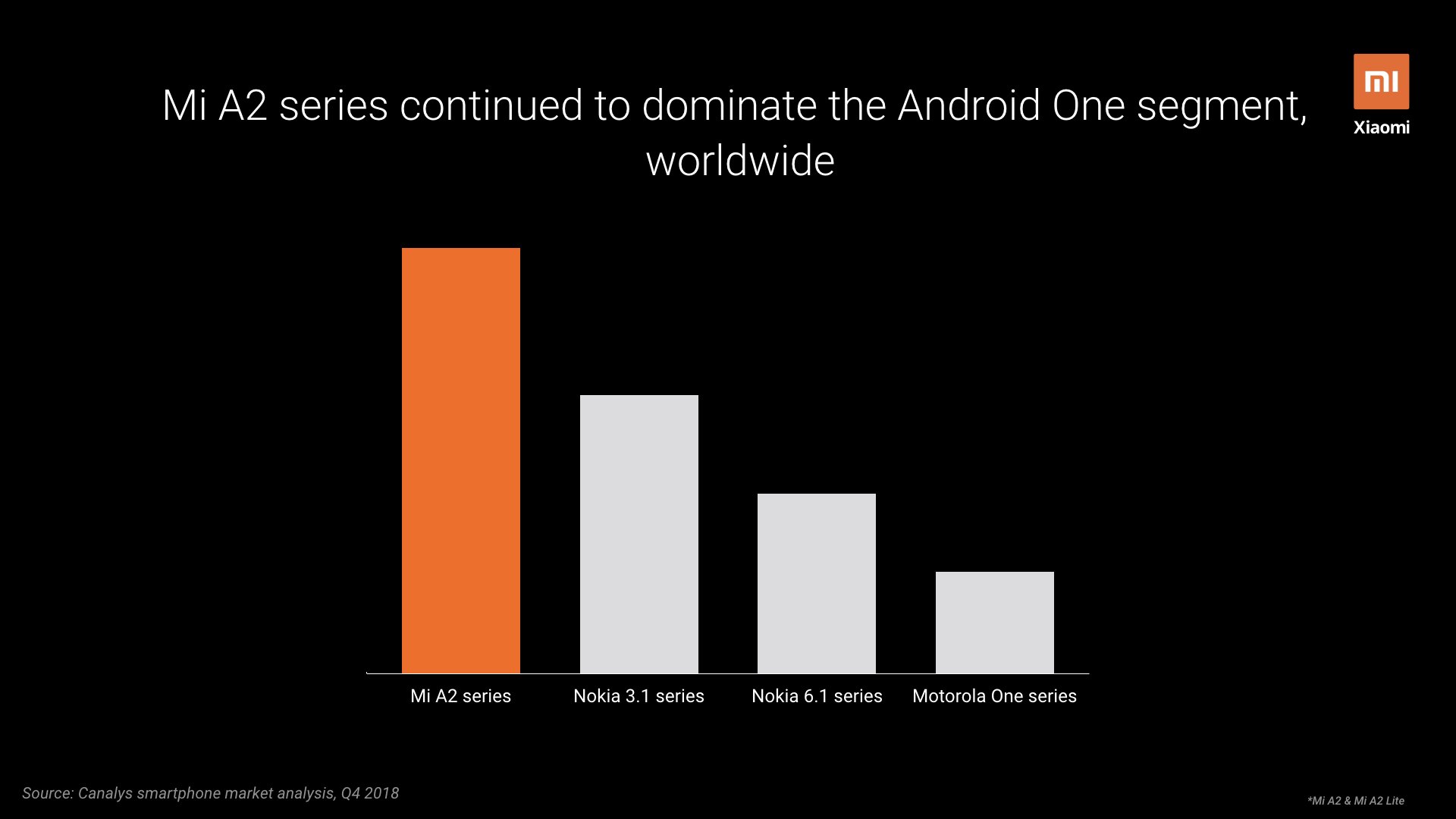HMD Global, which makes and sells Nokia-branded smartphones, has revealed the timeline for the Android 10 update for all its smartphones. On Thursday, the company in a press statement noted that all eligible Nokia smartphones, including Nokia 1, will receive the stable Android 10. Starting in Q4 2019, Nokia smartphone users will get their hands on the very latest Android 10 software upgrade. The announcement has come right after Google’s official Android 10 name unveiling on Thursday.
“With a proven track record in delivering software updates fast, Nokia smartphones were the first whole portfolio to benefit from a 2-letter upgrade from Android Nougat to Android Oreo and then Android Pie. We were the fastest manufacturer to upgrade from Android Oreo to Android Pie across the range,” Juho Sarvikas, Chief Product Officer, HMD Global, said in a statement.

“With today’s roll-out plan, we look set to do it even faster for Android Pie to Android 10 upgrades. We are the only manufacturer 100 percent committed to having the latest Android across the entire portfolio,” Sarvikas added.
The firm’s Android One approach with Google promise that Nokia smartphone owners will get benefit of two years of Android OS upgrades and three years of security updates. Currently, Nokia has 17 eligible smartphones in total, which will get Android 10, though dates will vary. HMD in a press note has shared that all the devices including Nokia 1, Nokia 8 Sirocco will get Android 10 by Q2, 2020.







